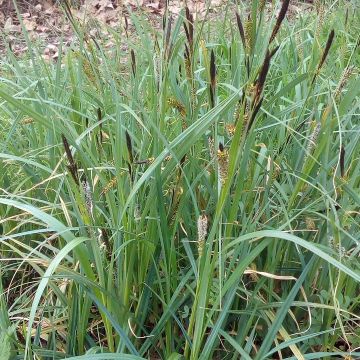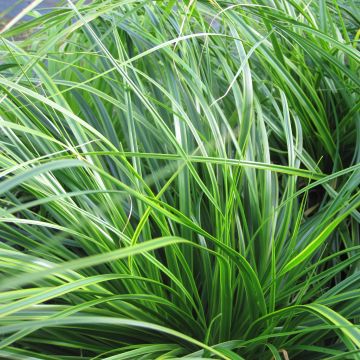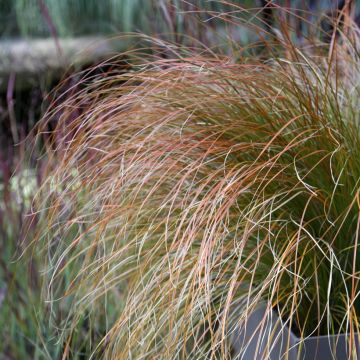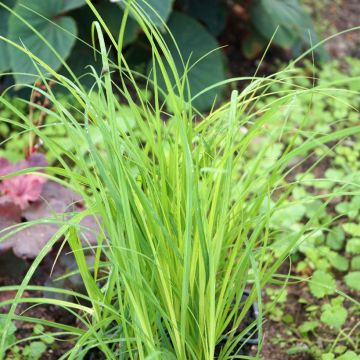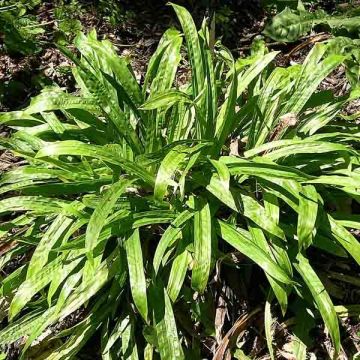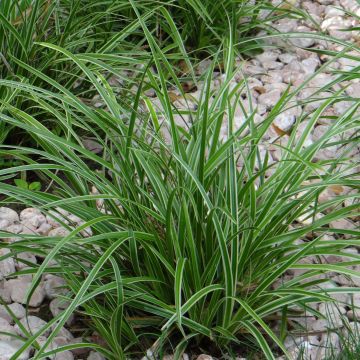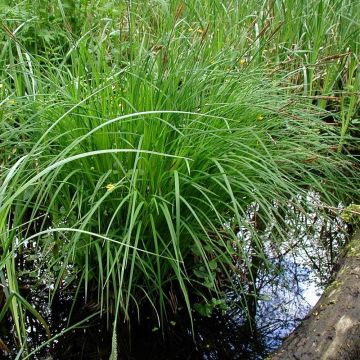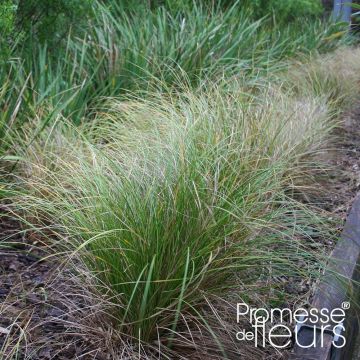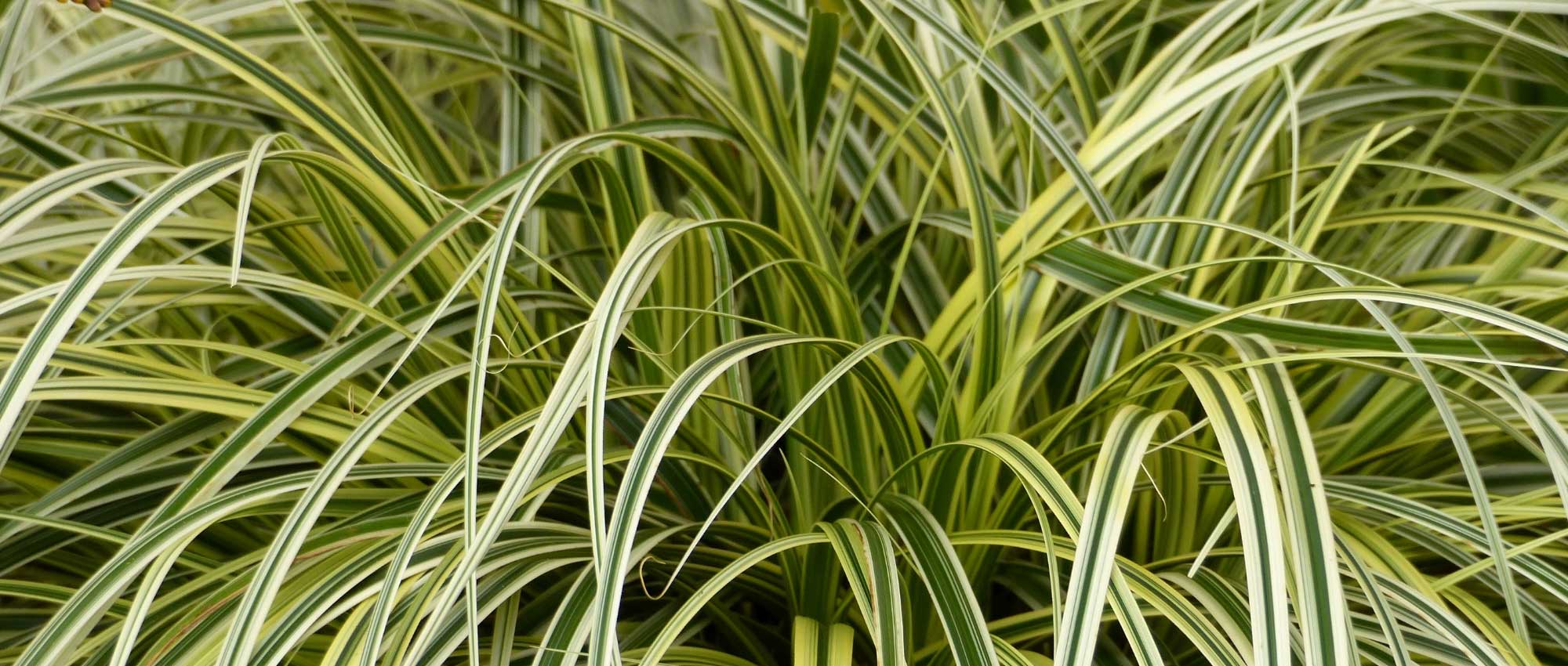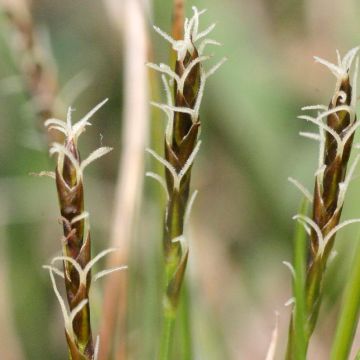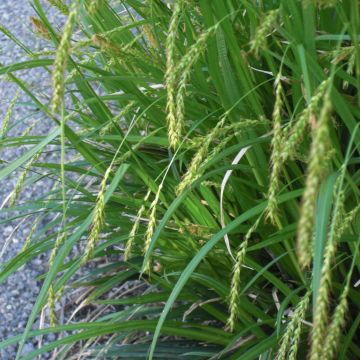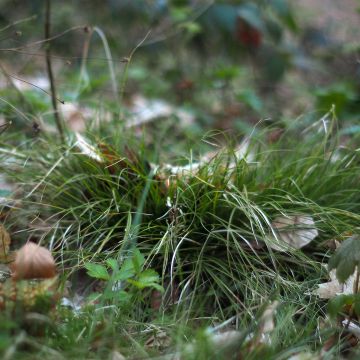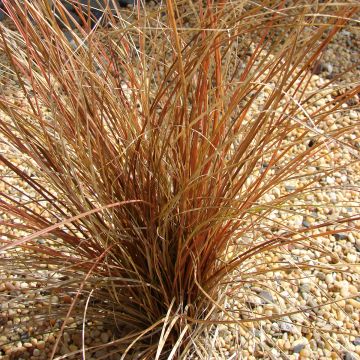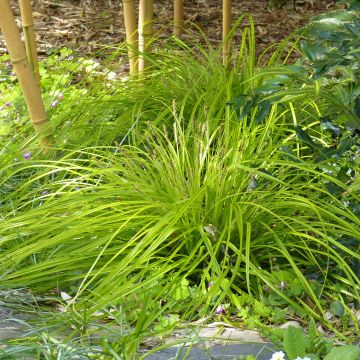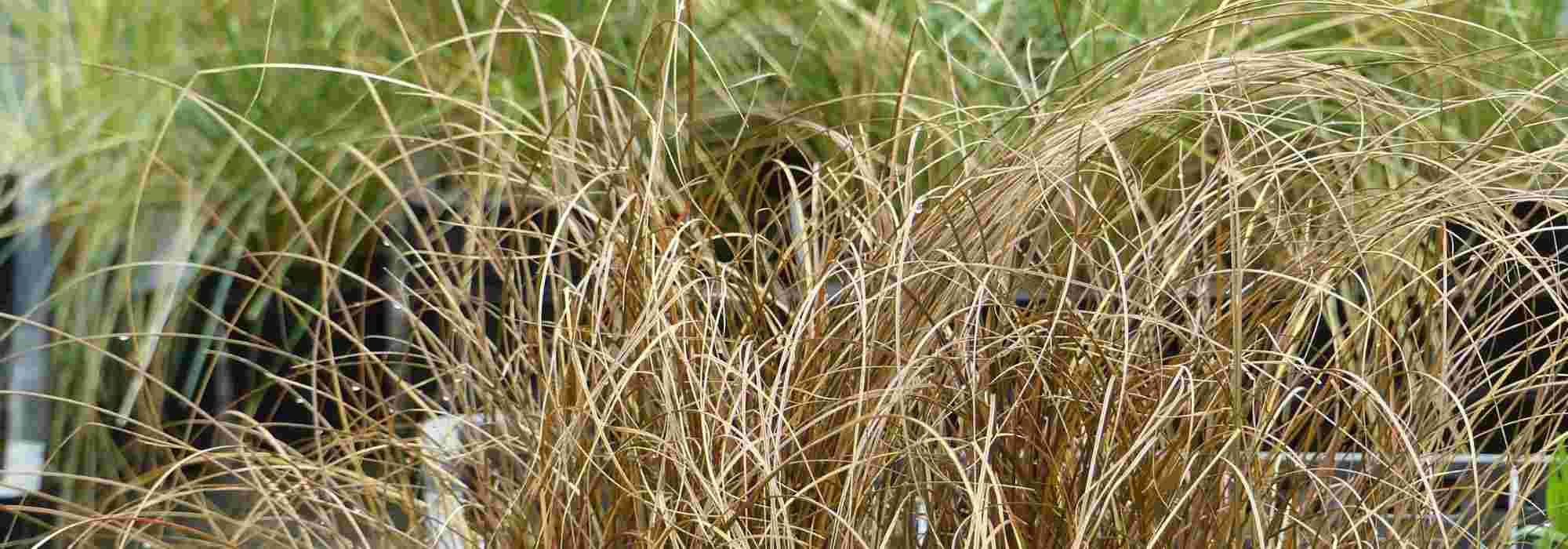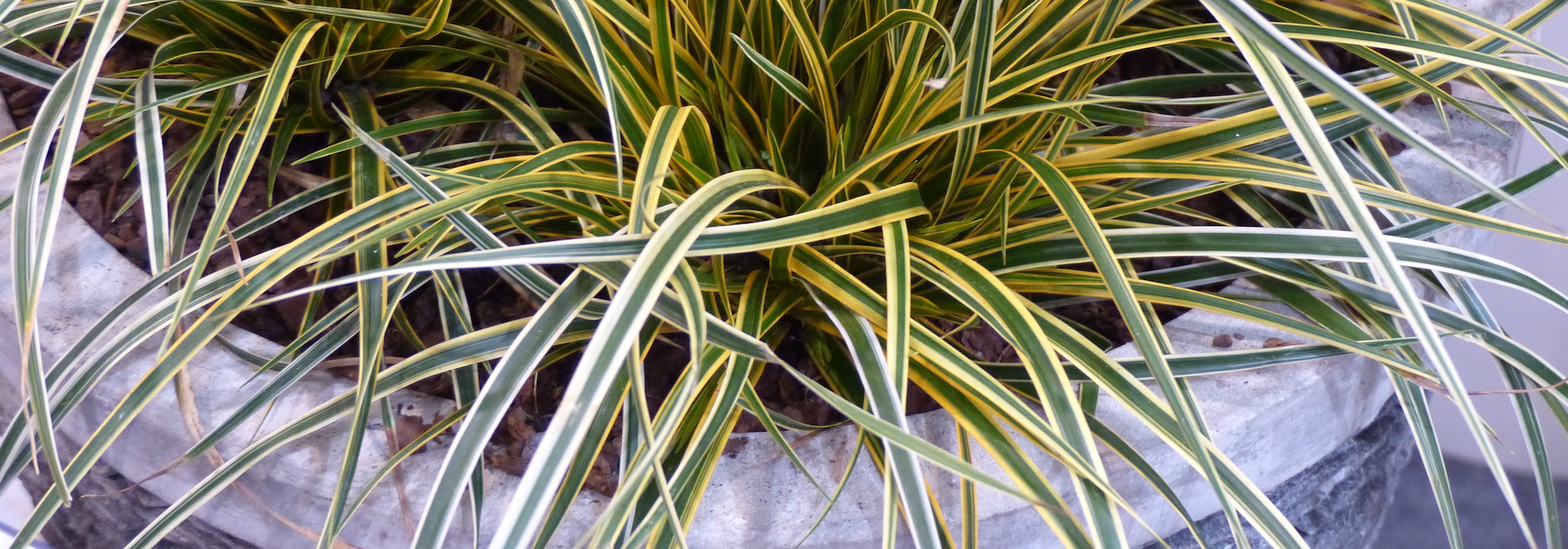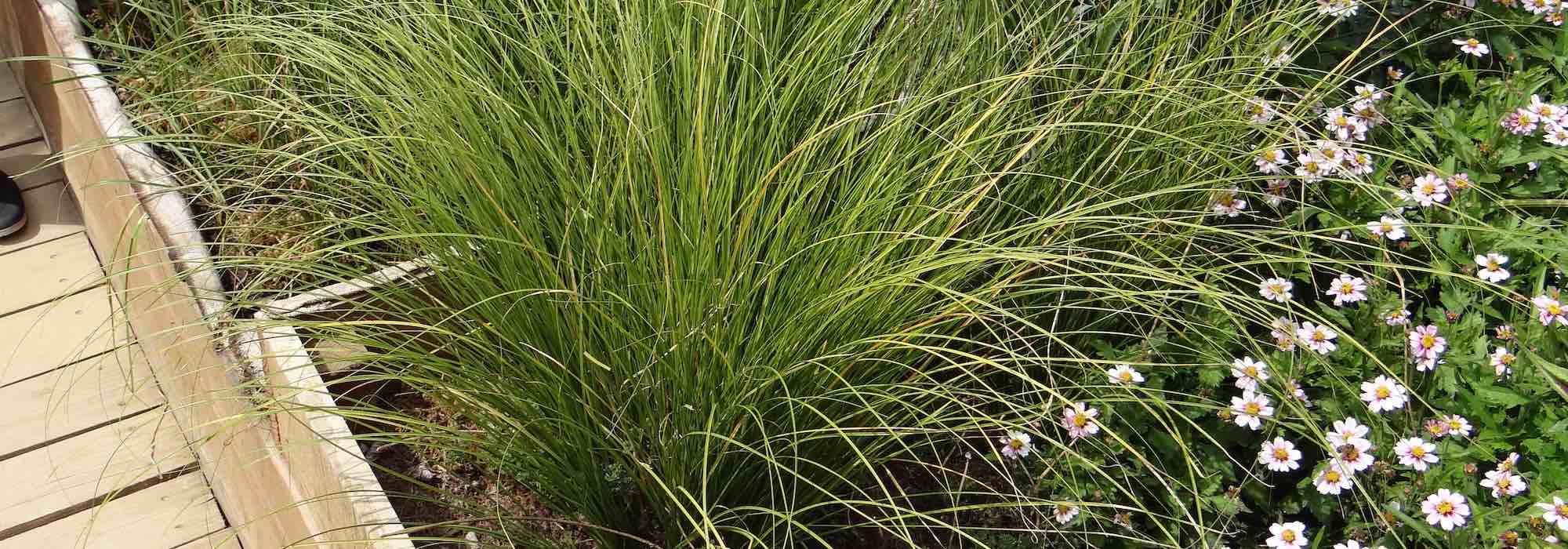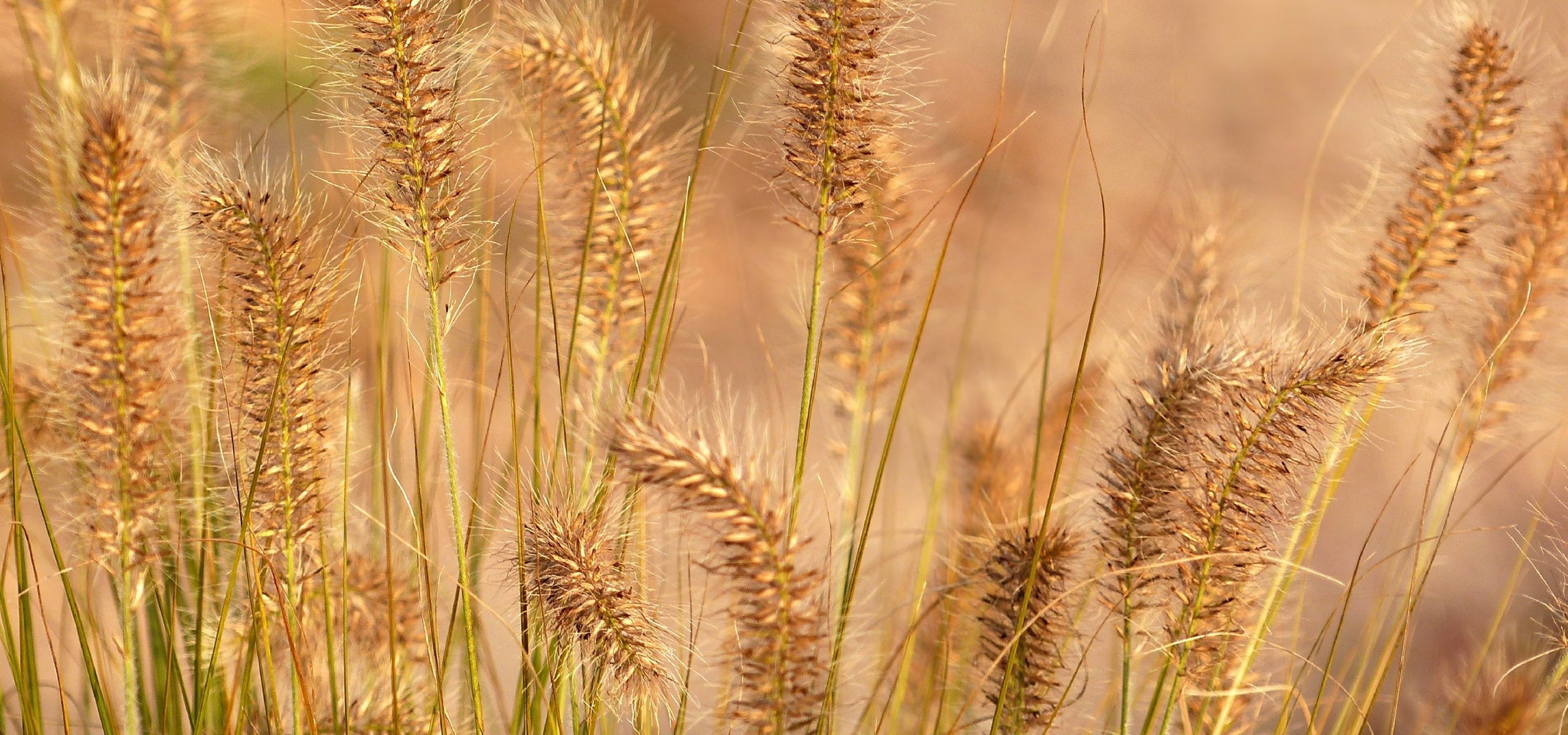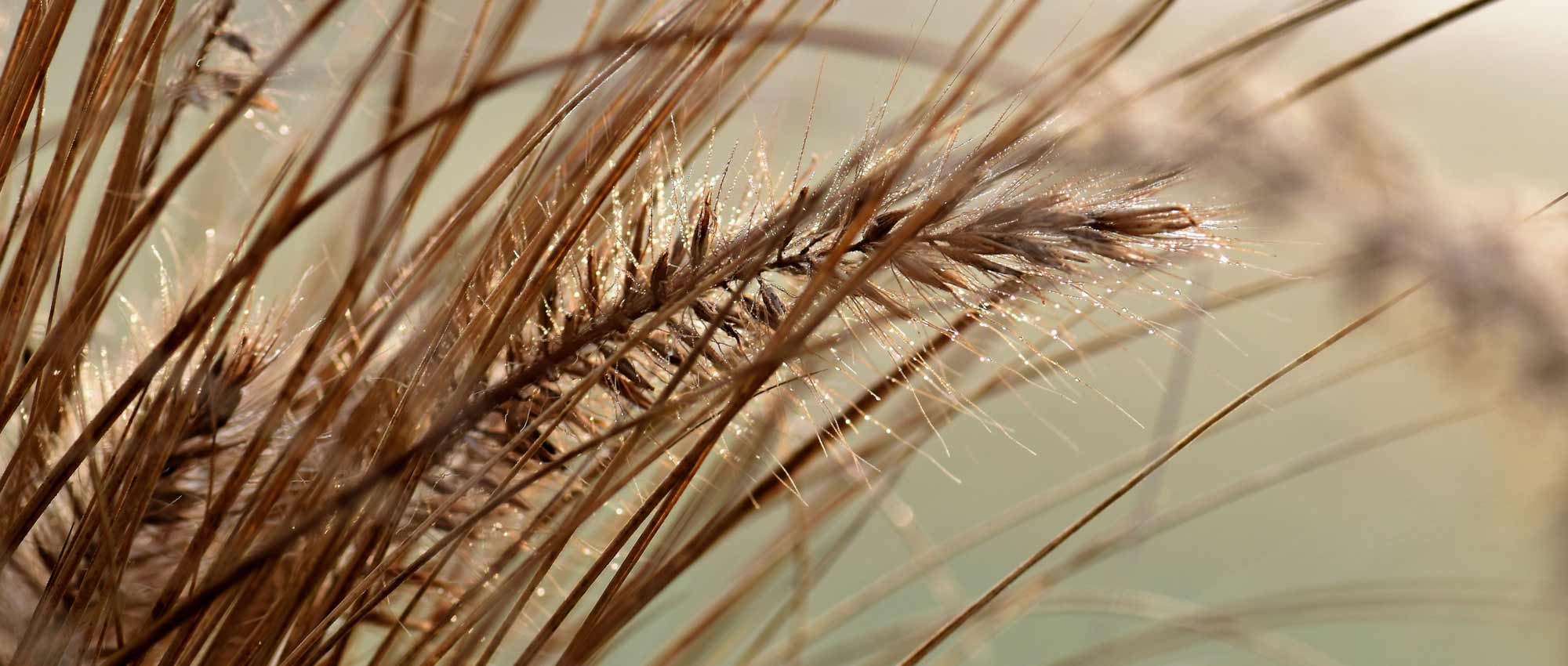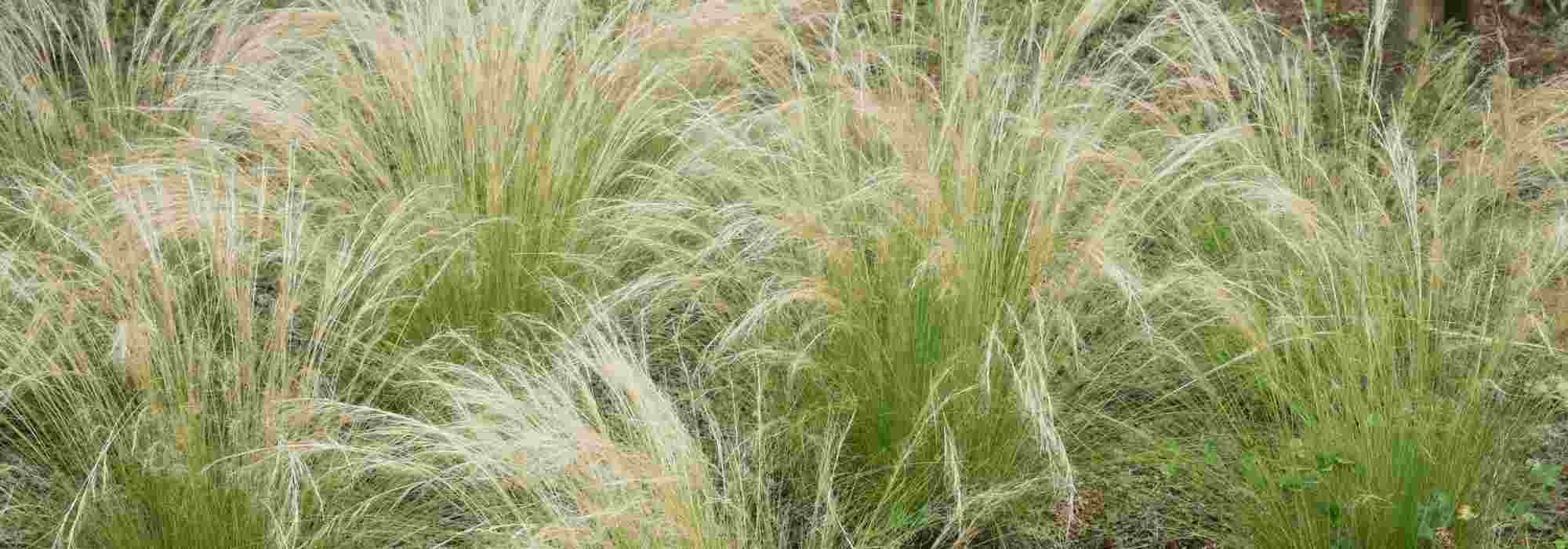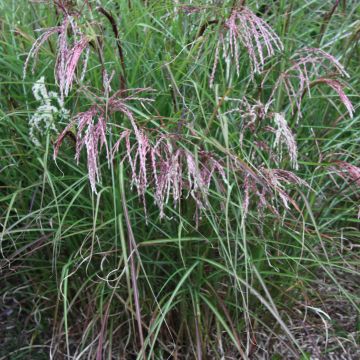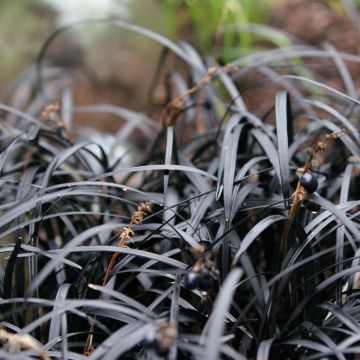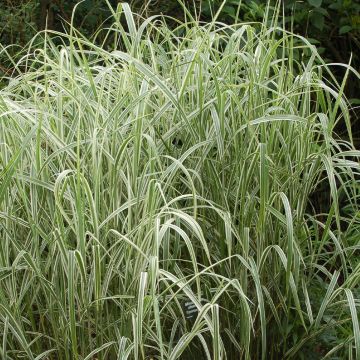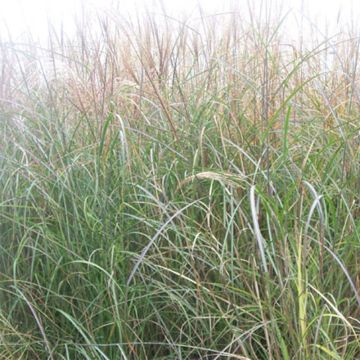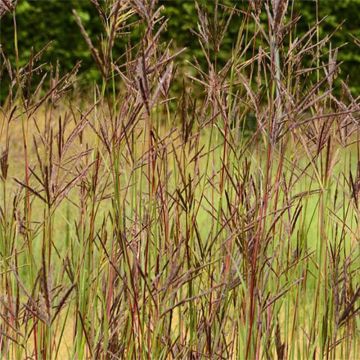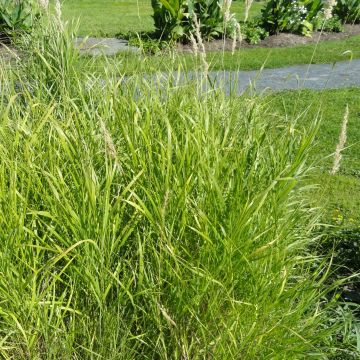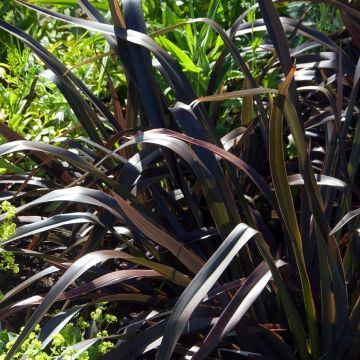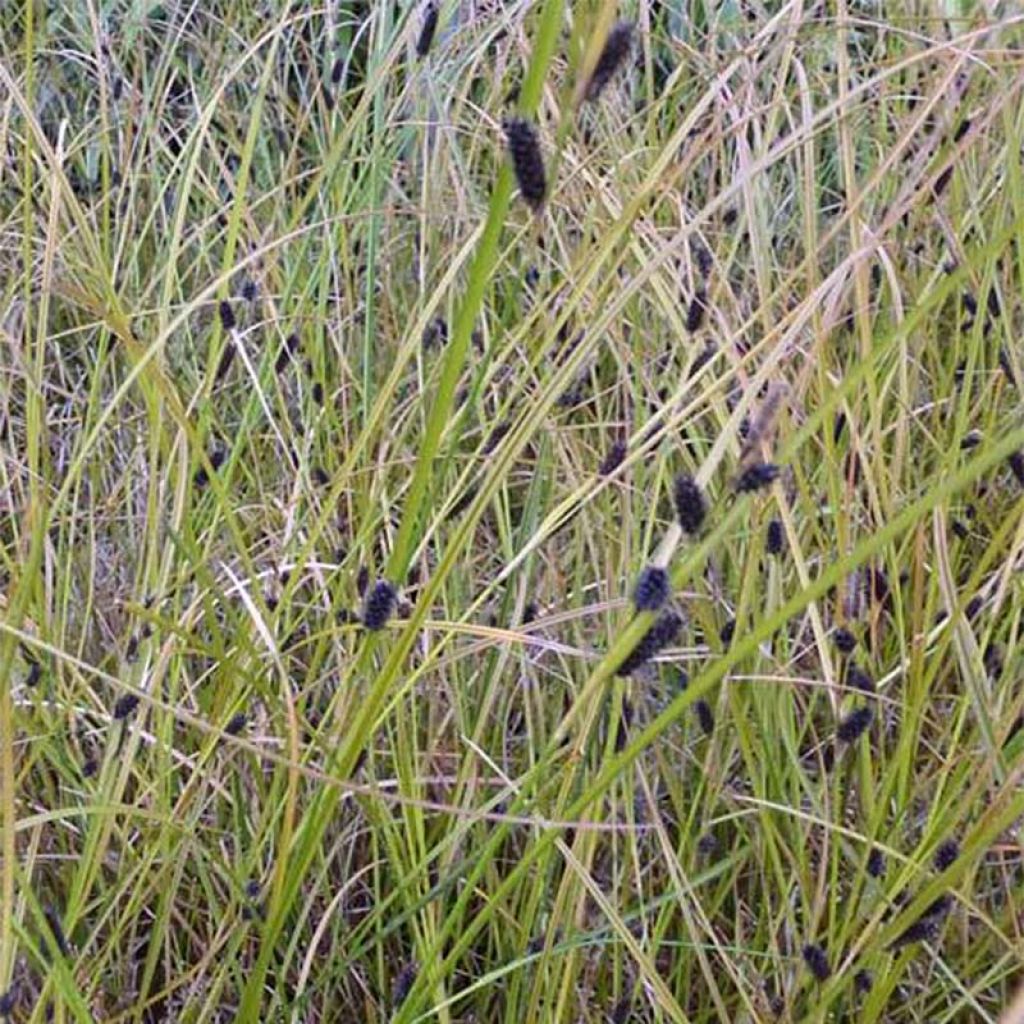

Carex dipsacea - Laîche d'automne
Carex dipsacea
Carex dipsacea
Teasel Sedge
Brilliant. Can't wait to discover its autumn hues.
Nathalie, 07/04/2020
Special offer!
Receive a €20 voucher for any order over €90 (excluding delivery costs, credit notes, and plastic-free options)!
1- Add your favorite plants to your cart.
2- Once you have reached €90, confirm your order (you can even choose the delivery date!).
3- As soon as your order is shipped, you will receive an email containing your voucher code, valid for 3 months (90 days).
Your voucher is unique and can only be used once, for any order with a minimum value of €20, excluding delivery costs.
Can be combined with other current offers, non-divisible and non-refundable.
Why not try an alternative variety in stock?
View all →This plant carries a 12 months recovery warranty
More information
We guarantee the quality of our plants for a full growing cycle, and will replace at our expense any plant that fails to recover under normal climatic and planting conditions.
Does this plant fit my garden?
Set up your Plantfit profile →
Description
Carex dipsacea, also known as teasel sedge, comes to life at the end of the season with intense orange fiery glows that gradually invade its long olive-green ribbon-like leaves tinged with bronze. This evergreen grass forms an intermediate-sized tuft, with a rough appearance and slightly shaggy silhouette, of beautiful density. Its upright floral stems, hidden in its mane, bear brownish catkins in summer. This hardy perennial plant, native to antipodal regions, was endowed by nature with remarkable adaptive abilities. It thrives today in gardens all over the world, in ordinary soils, in all exposures. It is attractive all year round.
Carex dipsacea is a sedge belonging to the large Cyperaceae family. This grass with short rhizomes forms a tuft with an upright and arching habit, measuring 60 to 90cm (24 to 35in) in height and about 50cm (20in) in diameter. Its evergreen leaves are sheathing at the base. They are long, thin, and linear, with tapered and slightly drooping edges. From spring to summer, their colour is a mix of light green and olive-green, tinged with bronze. With the cool nights of autumn, they take on lovely coppery-orange hues. In April-May, inconspicuous short brown to black spikes, 1 to 3cm (1in) long, appear, borne by slender stems measuring 70cm (28in) in height, barely emerging from the foliage. These floral stems then spread out on the ground. Monoecious like all carex species, it produces separate male and female flowers on the same individual.
Carex dipsacea is a charming and versatile 'grass' that will provide beauty in the garden both in summer and winter. This resistant perennial can be used in difficult areas such as a ground cover plant in urban gardens where it can play a significant role in soil stabilisation. It is also a good container plant, suitable for balconies or patios. Undemanding and water-efficient, it can be paired with other grasses (Stipa tenuifolia or S. capillata, Muhlenbergia capillaris), as well as perennials such as Gaura or Verbena bonariensis. Carex dipsacea will warm up the garden with its fiery orange colours, even at the end of a sunny winter day, under a low sun. Planted en masse along a path or an alley, it will emphasise and soften its layout. It can also be planted in a mixed border with sturdy and undemanding perennials such as sedums and yarrows in dry soil, or with ferns, hostas, and astilbes in moist soil or near water features. For a beautiful wild effect, plant it en masse in a contemporary or countryside garden.
Carex dipsacea in pictures
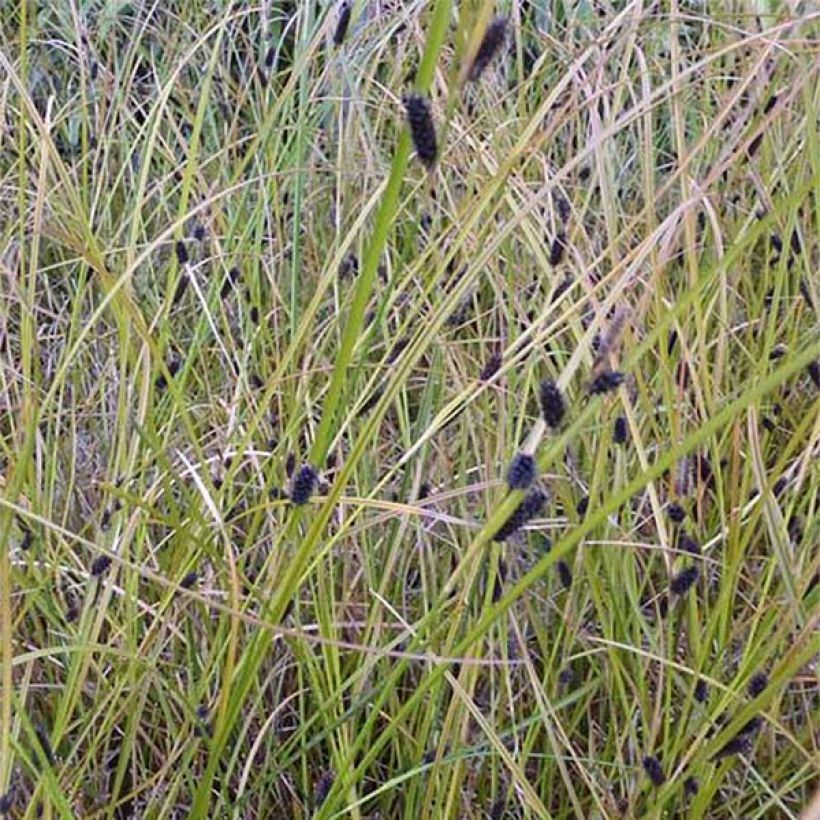

Flowering
Foliage
Plant habit
Botanical data
Carex
dipsacea
Cyperaceae
Teasel Sedge
Cultivar or hybrid
Other Carex
View all →Planting and care
Carex dipsacea is an easy-to-grow plant that has few soil requirements and requires very little maintenance. It can colonise a wide range of environments, whether they are wet or dry, fertile or poor, acidic, neutral, or calcareous. This plant is drought-resistant. It will be more colourful when exposed to sunlight. Paradoxically, it also thrives in shady conditions and moist soils, where it will exhibit greater growth. Plant when risk of frost has passed. Water abundantly during planting. Avoid excessive fertiliser application. Remove damaged foliage during the growing season but never completely cut back the clump in late winter. If you want to prevent spontaneous seedlings, only prune the tips of the fruiting stems.
Planting period
Intended location
Care
Planting & care advice
-
, onOrder confirmed
Reply from on Promesse de fleurs
Similar products
Haven't found what you were looking for?
Hardiness is the lowest winter temperature a plant can endure without suffering serious damage or even dying. However, hardiness is affected by location (a sheltered area, such as a patio), protection (winter cover) and soil type (hardiness is improved by well-drained soil).

Photo Sharing Terms & Conditions
In order to encourage gardeners to interact and share their experiences, Promesse de fleurs offers various media enabling content to be uploaded onto its Site - in particular via the ‘Photo sharing’ module.
The User agrees to refrain from:
- Posting any content that is illegal, prejudicial, insulting, racist, inciteful to hatred, revisionist, contrary to public decency, that infringes on privacy or on the privacy rights of third parties, in particular the publicity rights of persons and goods, intellectual property rights, or the right to privacy.
- Submitting content on behalf of a third party;
- Impersonate the identity of a third party and/or publish any personal information about a third party;
In general, the User undertakes to refrain from any unethical behaviour.
All Content (in particular text, comments, files, images, photos, videos, creative works, etc.), which may be subject to property or intellectual property rights, image or other private rights, shall remain the property of the User, subject to the limited rights granted by the terms of the licence granted by Promesse de fleurs as stated below. Users are at liberty to publish or not to publish such Content on the Site, notably via the ‘Photo Sharing’ facility, and accept that this Content shall be made public and freely accessible, notably on the Internet.
Users further acknowledge, undertake to have ,and guarantee that they hold all necessary rights and permissions to publish such material on the Site, in particular with regard to the legislation in force pertaining to any privacy, property, intellectual property, image, or contractual rights, or rights of any other nature. By publishing such Content on the Site, Users acknowledge accepting full liability as publishers of the Content within the meaning of the law, and grant Promesse de fleurs, free of charge, an inclusive, worldwide licence for the said Content for the entire duration of its publication, including all reproduction, representation, up/downloading, displaying, performing, transmission, and storage rights.
Users also grant permission for their name to be linked to the Content and accept that this link may not always be made available.
By engaging in posting material, Users consent to their Content becoming automatically accessible on the Internet, in particular on other sites and/or blogs and/or web pages of the Promesse de fleurs site, including in particular social pages and the Promesse de fleurs catalogue.
Users may secure the removal of entrusted content free of charge by issuing a simple request via our contact form.
The flowering period indicated on our website applies to countries and regions located in USDA zone 8 (France, the United Kingdom, Ireland, the Netherlands, etc.)
It will vary according to where you live:
- In zones 9 to 10 (Italy, Spain, Greece, etc.), flowering will occur about 2 to 4 weeks earlier.
- In zones 6 to 7 (Germany, Poland, Slovenia, and lower mountainous regions), flowering will be delayed by 2 to 3 weeks.
- In zone 5 (Central Europe, Scandinavia), blooming will be delayed by 3 to 5 weeks.
In temperate climates, pruning of spring-flowering shrubs (forsythia, spireas, etc.) should be done just after flowering.
Pruning of summer-flowering shrubs (Indian Lilac, Perovskia, etc.) can be done in winter or spring.
In cold regions as well as with frost-sensitive plants, avoid pruning too early when severe frosts may still occur.
The planting period indicated on our website applies to countries and regions located in USDA zone 8 (France, United Kingdom, Ireland, Netherlands).
It will vary according to where you live:
- In Mediterranean zones (Marseille, Madrid, Milan, etc.), autumn and winter are the best planting periods.
- In continental zones (Strasbourg, Munich, Vienna, etc.), delay planting by 2 to 3 weeks in spring and bring it forward by 2 to 4 weeks in autumn.
- In mountainous regions (the Alps, Pyrenees, Carpathians, etc.), it is best to plant in late spring (May-June) or late summer (August-September).
The harvesting period indicated on our website applies to countries and regions in USDA zone 8 (France, England, Ireland, the Netherlands).
In colder areas (Scandinavia, Poland, Austria...) fruit and vegetable harvests are likely to be delayed by 3-4 weeks.
In warmer areas (Italy, Spain, Greece, etc.), harvesting will probably take place earlier, depending on weather conditions.
The sowing periods indicated on our website apply to countries and regions within USDA Zone 8 (France, UK, Ireland, Netherlands).
In colder areas (Scandinavia, Poland, Austria...), delay any outdoor sowing by 3-4 weeks, or sow under glass.
In warmer climes (Italy, Spain, Greece, etc.), bring outdoor sowing forward by a few weeks.
































